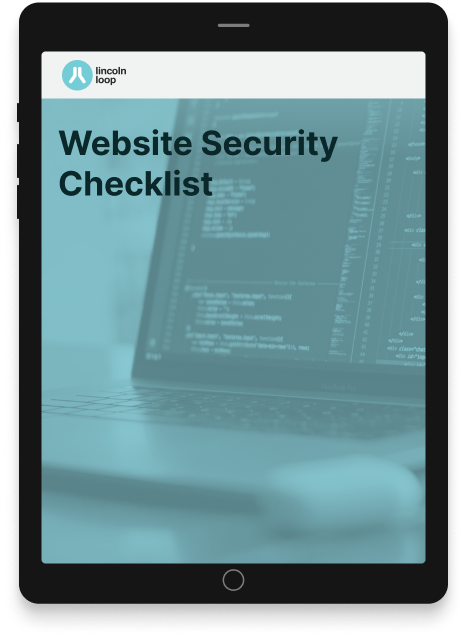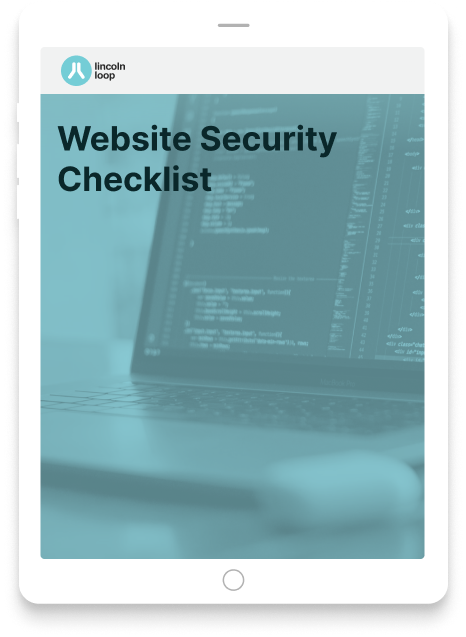When you’re responsible for your organization’s website, you live in a state of constant worry about its stability. After all, your site is the most prominent touchpoint between the audience you need and the message you have to deliver. If that connection breaks down, it doesn’t just reflect poorly on your organization. It becomes an existential threat to your role as a site manager and marketer.
The internet evolves at a rapid pace. Websites that followed every design and development best practice five years ago inevitably degrade without the proper care. However, your site isn’t a car—you don’t have access to warning lights indicating what’s wrong or when it’s time for repairs.
Monitoring your website’s health is challenging, especially when you’re juggling multiple roles in your organization. Factor in the difficulty of navigating these waters without a technical background, and your job grows that much harder. How can you protect your website without knowing the right areas to watch?
3 Key Factors Impacting Your Website’s Health
The issues that affect your website’s stability over time don’t have to be fatal. You can keep your site and your organization running smoothly by monitoring a few common pitfalls.
Software Rot: Defending Your Website Against Time
Software rot is an unfamiliar concept outside the tech industry, but it doesn’t mean your website is physically decaying. Instead, it hinges on the idea that the software making up your website is static as everything around it changes. Your website incorporates new data as it connects with its users — along with libraries, modules, and plugins over networks that are also in motion. As your software grows out of date, the pace of development slows. Your website can’t keep up.
If you had a computer that only one person in your home used and it was never connected to the internet, it might last decades. However, that’s not how websites work. The longer a website uses its systems, the more they degrade.
If you procrastinate on combating software rot, you increase the risk of a catastrophic website failure. Much like your car, websites require consistent care to keep running well. At the same time, the more outdated your technology becomes as you put off regular maintenance, the higher the repair costs often become.
Preventing Software Rot
- Adopt a regular cadence of updates to ensure your site is using the latest versions of its software.
- Run consistent site diagnostics to identify bugs, broken functionality, or software conflicts.
- Ensure you have the resources to maintain your site’s technical demands. By partnering with the right agency, you can secure an end-to-end support plan for your site.


Website Security: Safeguarding Against Ongoing Threats to Your Organization
As digital communication has grown in importance, websites in every industry face constant threats from malicious actors eager to exploit security issues. One look at the logs for any web server, and you’ll see automated “script kiddies,” who scan every corner of the internet for software vulnerabilities.
Security breaches can lead to minor disruptions like defaced website pages or system outages. A more severe breach could compromise your site’s resources to support bitcoin mining, ransomware attacks, or the public release of sensitive information. Worse yet, your customer data may be at risk of exposure, which could result in legal consequences for your organization.
The security landscape has evolved, and even systems with the best protections need constant care to remain effective. If you were to load a WordPress site that was five years old onto the present-day internet, chances are it would be hacked in under an hour. You need to ensure your organization stays protected by following the latest best practices.
Strengthening Website Security
- Build your site on a secure platform that’s updated regularly.
- Implement strong password policies and two-factor authentication for your users.
- Retain visibility into website activity logs and establish alerts for suspicious actions.
Performance: Protecting Your User Experience
Among the key indicators of your site’s health, performance is the easiest for you to identify. But recognizing a damaging aspect of your site’s user experience and knowing how to resolve it are two very different things.
Ultimately, people are impatient. If your site takes a long time to load or otherwise doesn’t perform as expected, your users will leave — and likely go to your competitors.
Much like software rot, site performance diminishes over time for multiple reasons. Database queries may slow down performance as your site accumulates more information. Or, your site may be impacted by errors introduced by changes to third-party API providers, poorly configured database changes, or a tech stack that’s ill-equipped to handle spikes in site traffic.
Monitoring Changes to Website Performance
- Apply analytics tools to monitor key metrics such as load times and bounce rates.
- Optimize database queries and API connections.
- Ensure your site architecture can accommodate increased traffic at busy times.
Evaluating Your Website’s Health Extends Its Lifespan
Protecting your website’s health may feel like fighting an uphill battle. Technology and threats to security continue to evolve, and your website needs to consistently change to keep pace. Though you can’t build a website to last forever, you can extend its life by ensuring it receives the proper care.
If nothing about your site has been updated in years, its health is already at significant risk. However, by partnering with the right digital agency, you gain a powerful ally in understanding your site’s issues and prioritizing how to resolve them. Maybe your website platform needs a security upgrade, or you just lack the right level of support to manage your current system and implement needed updates.
Do these sound like website issues you would like to resolve? Then let’s talk. We can set you on the path to the right sustainable solution for your organization’s needs.

